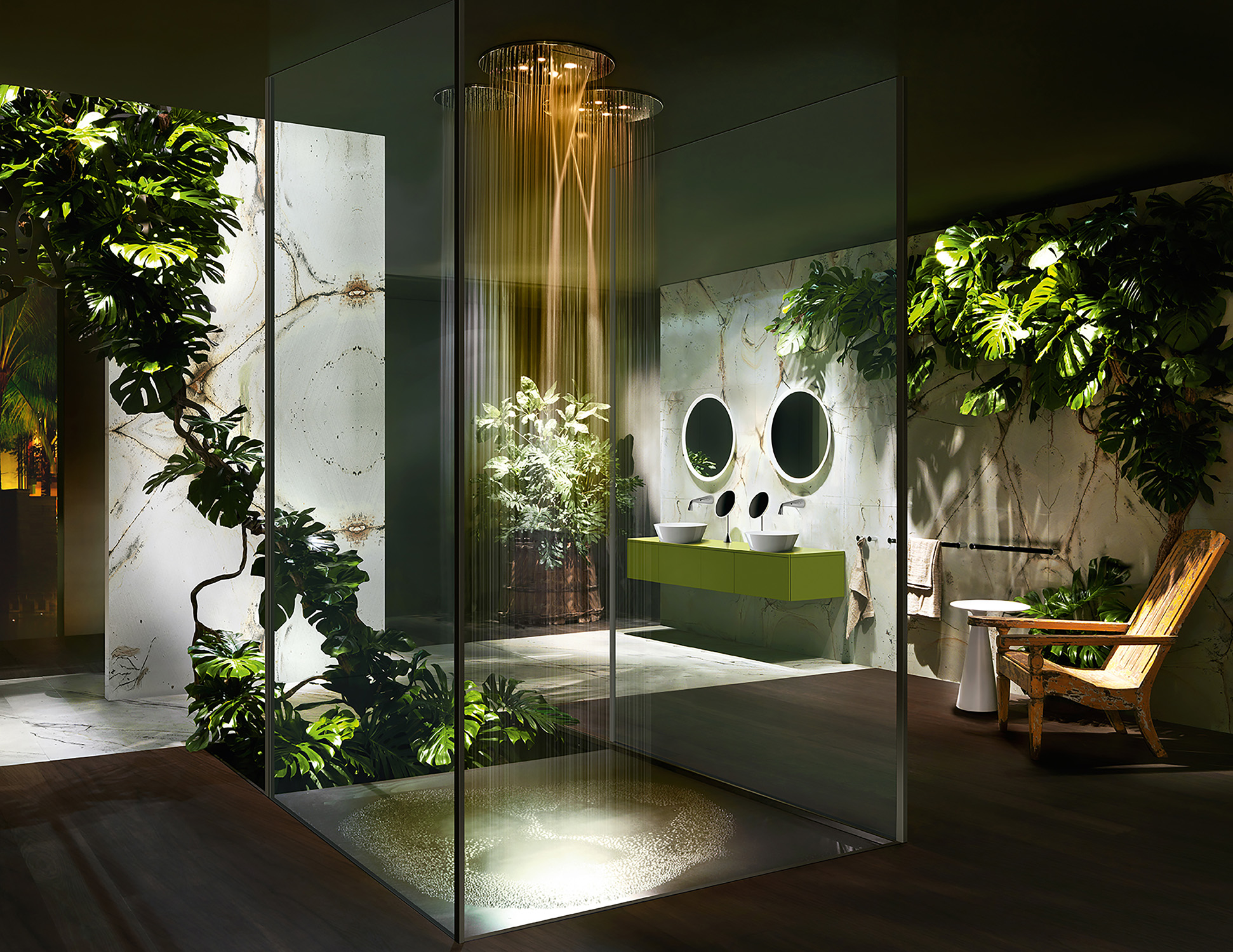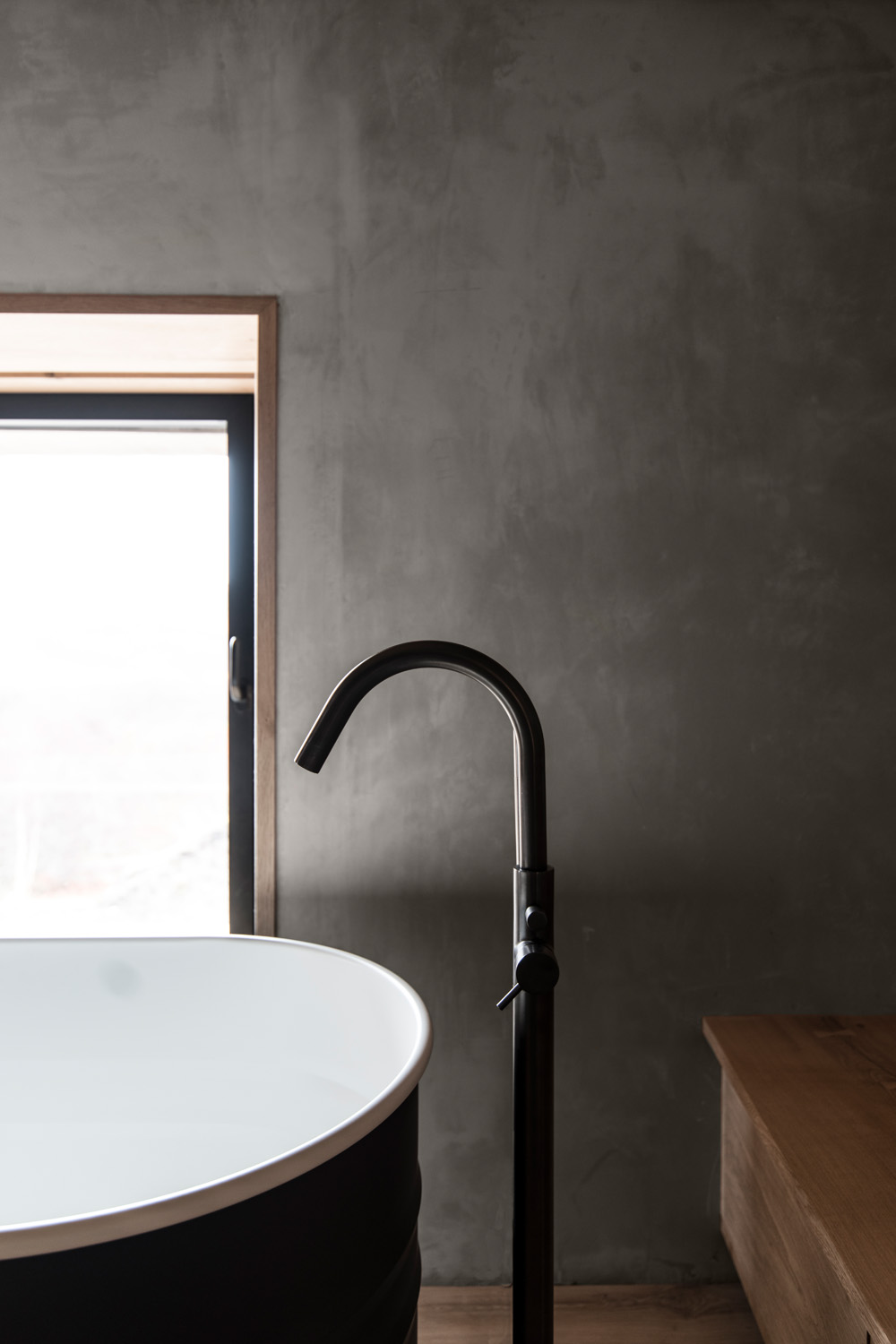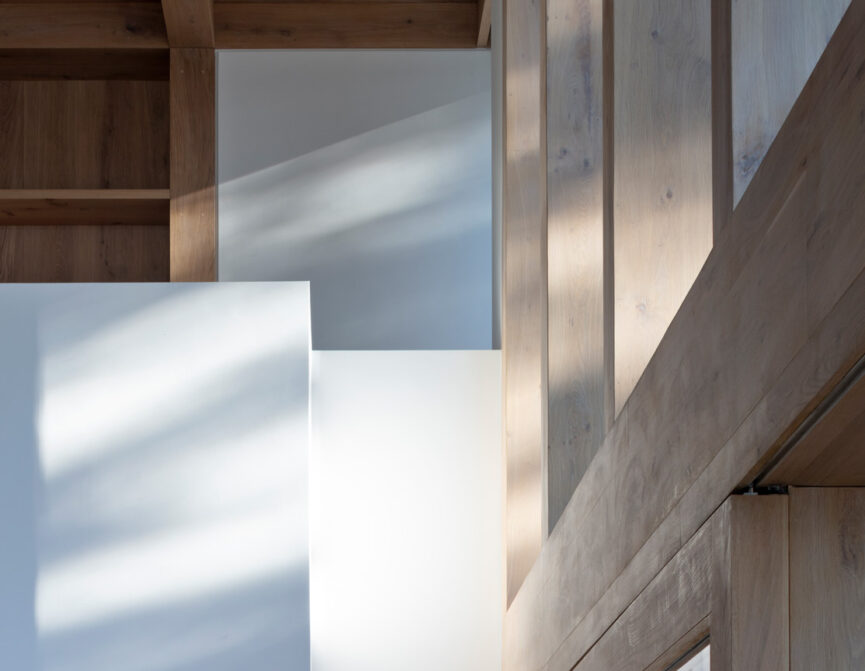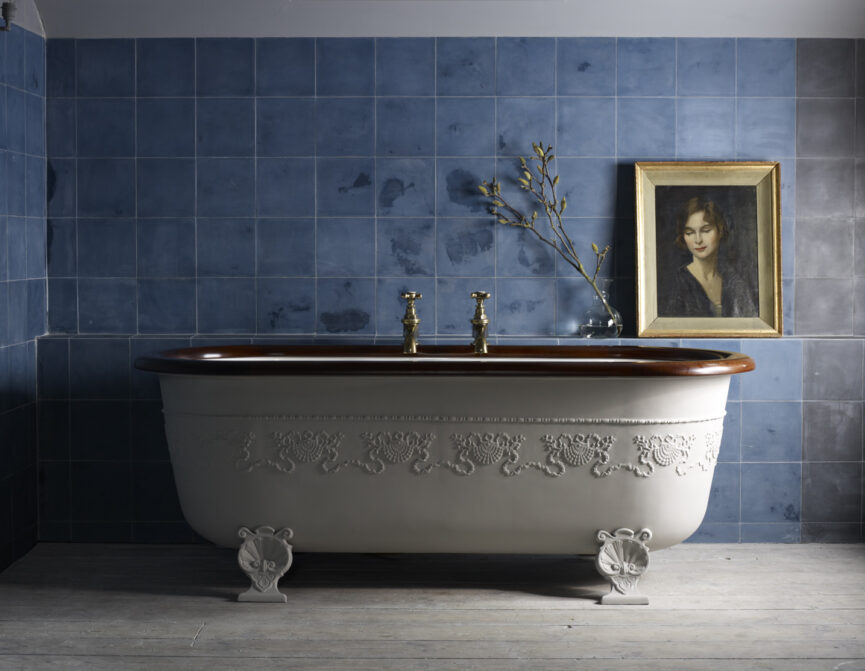On a quest for calm and reinvigoration? Experts reveal how you can tap into the transformative power of your bathroom.
Sinking into a hot bath at the end of a busy day. It’s one of life’s most simple pleasures and yet a real luxury. Nothing says “me time” like lighting a handful of candles, turning up the volume on your favourite playlist and stewing between the suds. Work agro? Life stresses? Consider them washed away – for 30 minutes at least.
The boundaries between work and leisure, public and private are becoming more and more blurred. We check our emails in bed, take video calls in the kitchen, entertain in the living room and, yes, we’ve fashioned home offices too. The bathroom stands apart as a space devoted entirely to rest and recuperation. “It’s a zone of privacy and intimacy within the home,” reflects award-winning architect Seth Stein. “The bathroom sets you up for the day and soothes when you need to relax.”
There’s plenty of science to back up the idea. Beyond easing aching muscles and “tech neck”, a warm bath has been proven to improve heart health and breathing, to balance hormones and reduce anxiety. And we want to soak up those benefits. In the name of good health and great design, we tapped into the ideas of interiors experts to find out how to make your bathroom a 21st-century sanctuary.
Chromotherapy showers. Steam rooms. Sauna chambers. Features once reserved for professional spas are washing up in private homes, according to Yousef Mansuri, Head of Design at luxury bathroom specialist C.P Hart. No space? No problem. “Bathtubs can be transformed by adding jets,” he continues, “while showers can be turned into steam rooms with the addition of generators and full-height glass doors.”

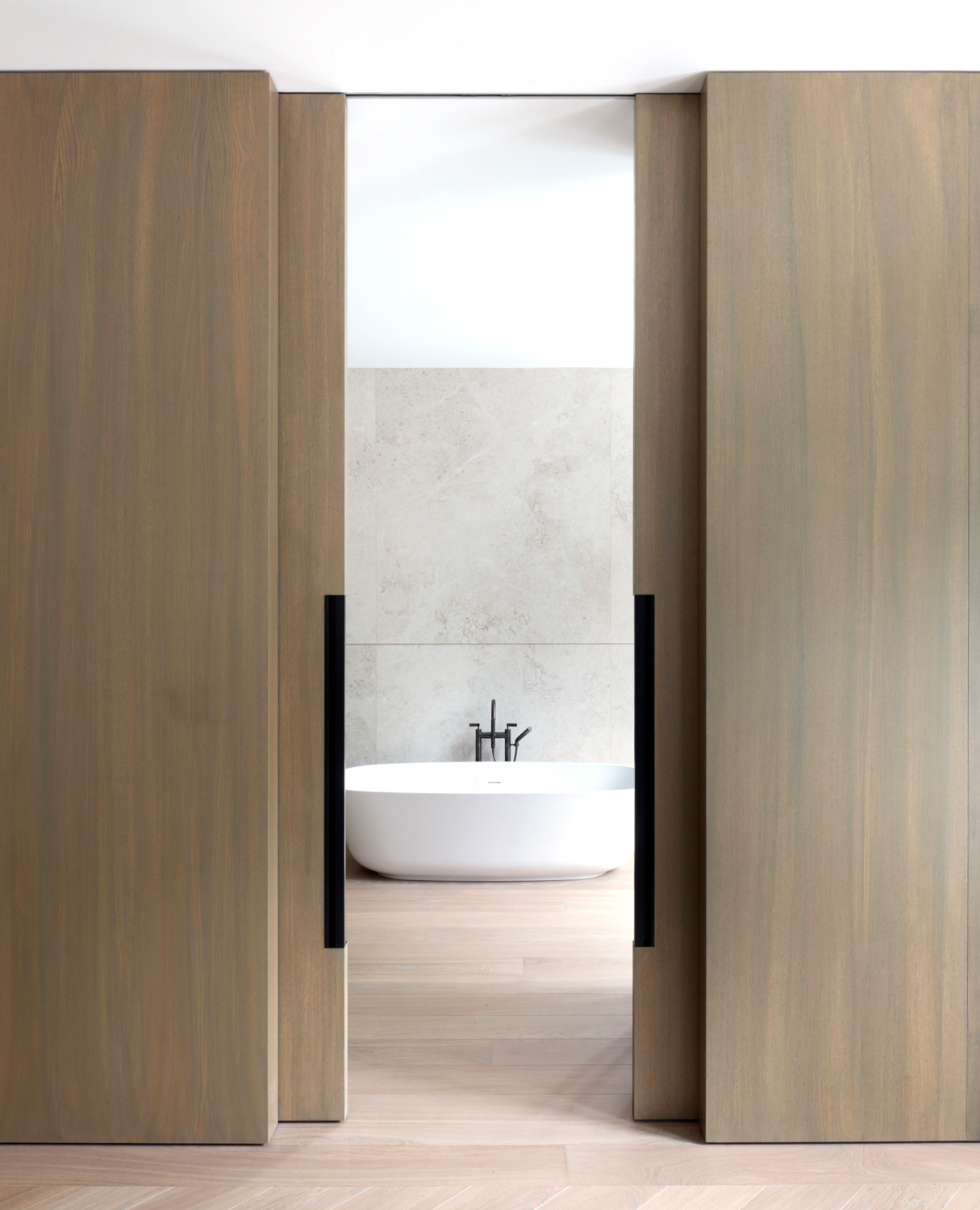
But mod cons are far from the only way to elevate the everyday. If bathrooms are a space in which we seek escape, then globally-inspired design can help us do just that, adds Yousef. He leafs through a mental lookbook: Japanese forest-bathing rituals; Mexican clay and terracotta; Scandinavian sweat lodges; Monaco-worthy glamour, all jewel tones and luxury stones. In Yousef’s experience, “clean, minimalist aesthetics are being replaced by bolder features with more character”. Yes, a freestanding tub might be the typical bathroom focal point, but a feature piece that defies conventions can be equally as striking. Consider the drama of a sculptural basin atop a bright vanity, with a statement mirror and pendants above.
Benjamin Peak knows all about the importance of stand-out details. He’s the founder and Creative Director of The Watermark Collection, a Brooklyn-based maker of boutique bathroom brassware – the architecturally inspired kind that, made in partnership with local artisans, features in The Ritz-Carlton Shanghai as well as residential projects across the world. For him, healing and rejuvenation will guide bathroom design in 2021 and beyond, and he picks out two design narratives dictated by mood and comfort. Expect “brighter colours that offer a frivolous escape from the social landscape” as well as “off-whites mixed with natural woods – honest materials to soothe our concerns in a complex world”, he says.
There are more practical considerations too. After months of headlines dominated by viruses, a craving for hygiene is likely to shape the construction of our bathrooms – they are our refuge after all. But that doesn’t need to mean installing hand-sanitiser stations or opting for sterile shapes and stark, overly clinical appearances. Instead, Peak believes cravings for cleanliness will manifest more subtly: in smooth, easy-to-clean surfaces; anti-microbial finishes; and sensor-tap technology borrowed from the hospitality sector.
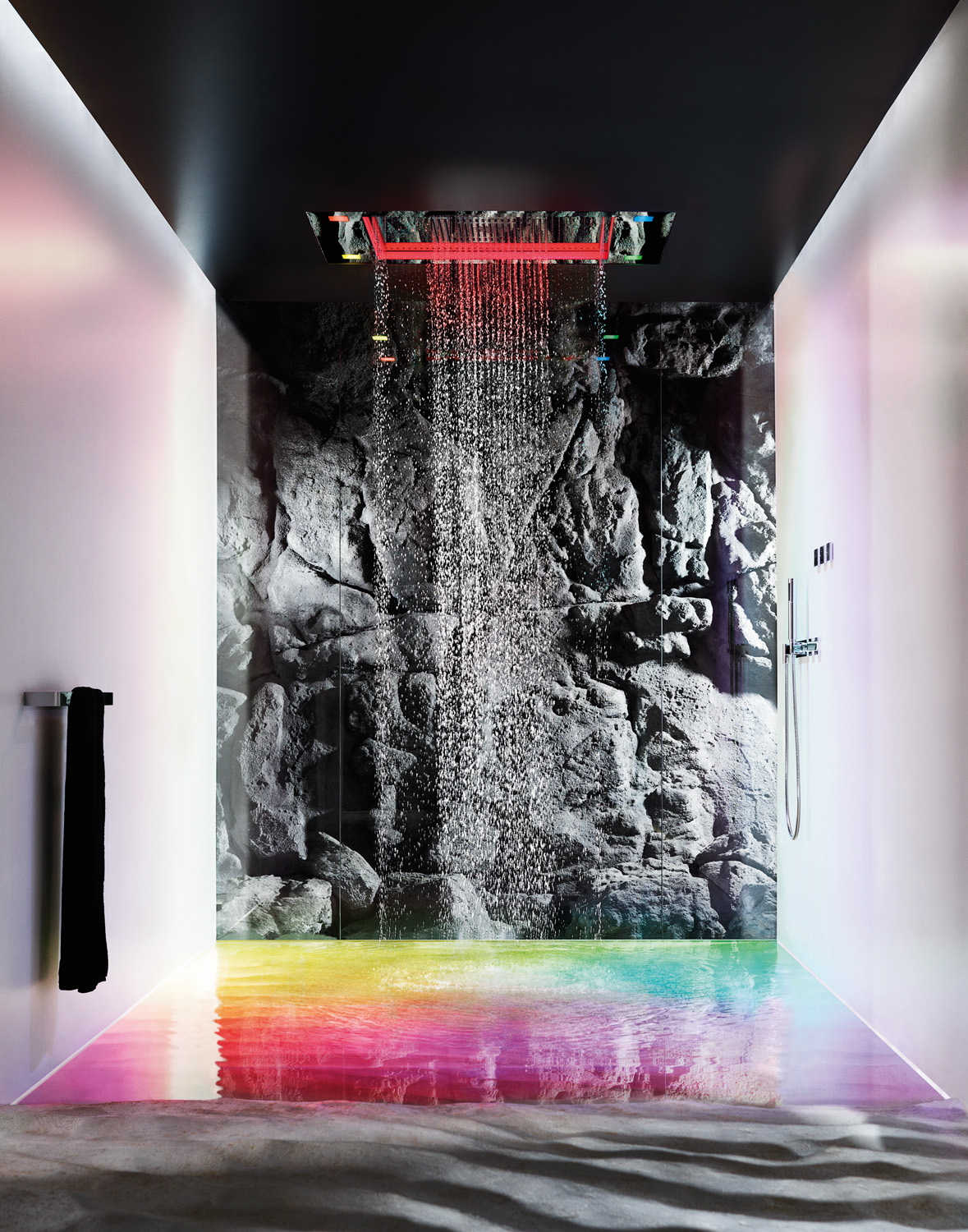

Just as external factors influence interior design, it’s refreshing to think that the bathroom can not only transform ourselves but the world around us too. Invigorated by the effects of climate change, designers are thinking about ways we can reduce our carbon footprint before we step out of the shower. Planning a refurbishment or new blueprint? Consider introducing technology that reduces the overconsumption of water, or perhaps opt for environmentally friendly materials. Peak likes cork, bamboo and rattan for their textural complexity and durability. “There is a strong movement towards natural products and a vast array of recycled and bio-based surfaces,” he says.
Such materials lend themselves to the “soft minimalism” championed by Stuart Archer and Sarah Braun of architecture studio Archer + Braun. Think crisp, clean architecture tempered by organic shapes and details. “These materials’ inherent decorative qualities inform the look and feel of our spaces,” they reflect, musing on the allure of terrazzo, a composite more sustainable than natural stone, and reimagining the traditional hinoki-wood Japanese bath with plantation teak.
It’s an aesthetic that draws on the restorative benefits of our innate connection with the environment. Biophilic design is blossoming across our bathrooms, diffusing the boundaries between inside and out. It’s said to support our health, energy levels and productivity. And it’s a philosophy that Stuart and Sarah regularly put into practice. In past projects, natural “green screens” have been used to keep outdoor showers private, jacuzzis gaze over tropical planting, and vast windows create seamless boundaries between bathrooms and the courtyards. Architect Stein agrees with the approach. “If there was a single element that can elevate a bathroom, it is the luxury of natural light and a private view.”
As our focus readjusts on our homes, we predict that bathrooms will be among the spaces to watch in the near future. These are rooms that will transform as considered design solutions put the wellbeing of people and planet first – be that the addition of spa tech, sustainable materials or more mindful aesthetics. And in turn, these spaces will transform us too.


